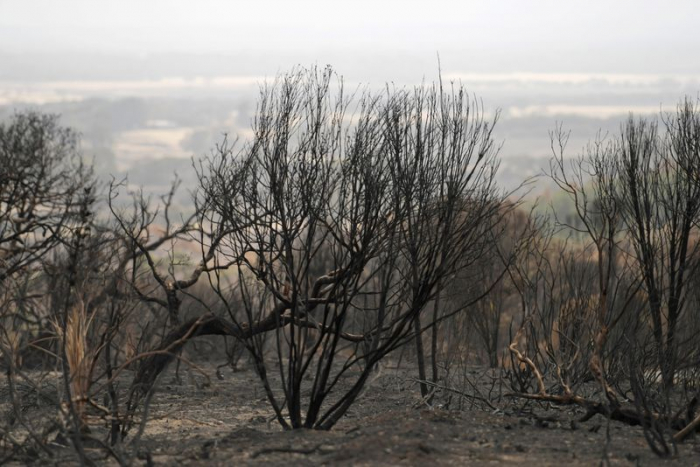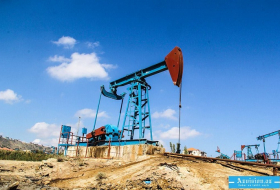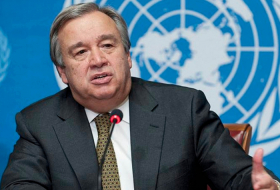Roads were closed and the authorities told people to leave or stay away from suburbs east of Canberra, as photos posted on social media showed gray smoke billowing above the city’s suburbs. There were no reports of injuries or damage.
“I can see the smoke from my house,” said Kane Cawse, a gym owner, by telephone as he drove toward his business in the evacuation zone about 14 km (9 miles) from the country’s parliament.
“I’m just going to see exactly what’s going on, make sure I’ve got a gym and make sure that the guys are either safe or out,” he added.
In recent weeks, Canberra and the cities of Sydney and Melbourne experienced air quality rated among the worst in the world under thick clouds of bushfire smoke.
Since September, hundreds of wildfires in Australia have killed 29 people and an estimated 1 billion native animals, while incinerating 2,500 homes and a total area of bushland larger than the size of Austria.
Firefighters had taken advantage of rain and milder temperatures in the past week to contain blazes, but the respite ended on Wednesday when high temperatures and winds returned.
An economic survey on Wednesday meanwhile showed the fires were causing Australians to tighten their purse strings, a sign the natural disaster is putting pressure on the world’s 14th-biggest economy.
Economists said the cost to Australia’s A$1.95 trillion ($1.33 trillion) economy could be as high as A$5 billion ($3.4 billion), shaving 0.25 points off gross domestic product in the December and March quarters, and potentially prompting the central bank to cut rates as early as February.
Consumer sentiment in January was 6.2% lower than a year earlier, according to the Melbourne Institute and Westpac Bank (WBC.AX) survey released on Wednesday. Consumer sentiment data is considered a leading indicator, running ahead of actual spending data.
The huge bushfires have cut through the country’s east coast during the peak summer months when many businesses usually rake in earnings from both domestic and foreign tourists. Agricultural sectors, particularly the dairy industry, have also been hard hit.
















































